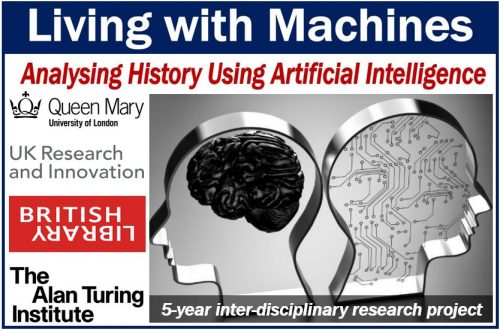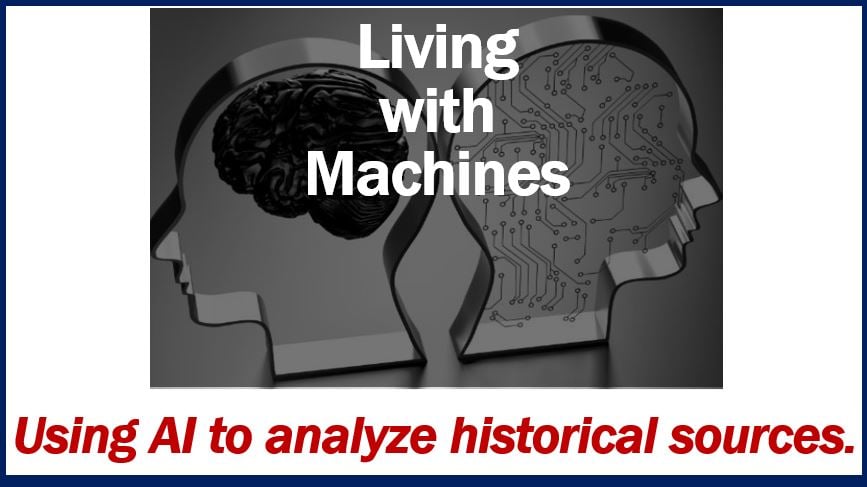Researchers at Queen Mary University of London will use artificial intelligence to analyze historical sources. They will be working with researchers from the British Library and The Alan Turing Institute. The UK Research and Innovation Strategic Priorities Fund awarded the researchers £9.2 million for a 5-year disciplinary research project. The project’s name is Living with Machines.
According to Queen Mary University of London, the project will be one of the largest and most ambitious science and humanities research initiates ever to launch in the United Kingdom.
Artificial intelligence (AI) refers to software technologies that make robots and computers think like humans. It also makes them behave like humans.
Revolutionizing how we analyze historical sources
The researchers will devise new methods of research which they say will revolutionize how we analyze historical sources. It will also provide vital insight into current discussions and debates. Specifically, debates and discussions that are occurring in response to the present digital industrial revolution.
The research project will use the century after the first Industrial Revolution as its point of focus. The focus point will also include the changes that new technology caused from 1780 to 1918.
According to a press release by Queen Mary of London University:
“Living with Machines will take a radical approach to collaboration, breaking down barriers between academic traditions, bringing together data scientists and software engineers from The Alan Turing Institute and curators from the British Library.”
The project will see data scientists working alongside geographers, curators, computational linguists, and historians. Their goal is to devise new methods in AI and data science that we can apply to the analysis of historical sources. They will also focus on applying the new methods to the analysis of digitized collections.

A new research paradigm
Dr. Ruth Ahnert, who will lead the project, said:
“For me this is more than just a research project. It is also a bold proposal for a new research paradigm. That paradigm is defined by radical collaboration that seeks to close the gap between computational sciences and the arts and humanities by creating a space of shared understanding, practices, and norms of publication and communication.”
“We want to create both a data-driven approach to our cultural past, and a human-focused approach to data science.”
Dr. Ahnert is a Senior Lecturer in Renaissance Studies at Queen Mary’s School of English and Drama.
Regarding the project, Prof. Matthew Hilton said:
“I am delighted that the Faculty of Humanities and Social Sciences at Queen Mary is breaking new ground with one of the biggest and most ambitious research initiatives ever to launch in the UK.”
“Living with Machines is an exciting project which will produce new tools and software to analyse digitised collections at scale for the first time.”
Prof. Hilton is a Professor of Social History and Vice-Principal for Humanities and Social Sciences at Queen Mary University of London.
What are historical sources?
History on the Net says the following about historical sources:
“Historical sources are, at their most basic level, something that tells us about history. It may be a document, a picture, a sound recording, a book, a cinema film, a television program or an object.”
“Any sort of artifact from the period in question that conveys information can qualify as a source.”

